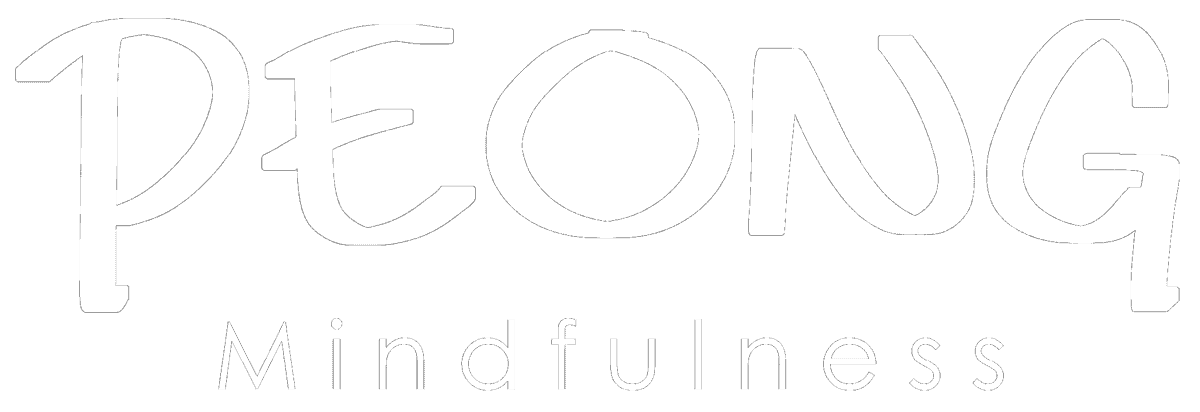In my interaction with people, the general understanding of mindfulness practice is about being in the present moment. Even though when they may not have in-depth knowledge nor practise it.
On the surface, some may interpret being in the present moment to mean being aware of what is in front of you, not doing anything nor thinking about anything else.
The mechanics of being in the present moment is much more rigorous. For some people, it may not be apparent where they should pay their attention. And when it feels like many things are happening concurrently, which particular thing should they pay attention to. Let’s take the case of myself sitting here, typing this article. When I am typing, my attention is on the typing itself. Halfway through, an itch arises on my face. I know it and I reach out to scratch the itch. I continue to think about what I want to write next and I purse my lips. Those are the things that I pay attention to. I am also aware that I have crossed my feet. Then I notice the intention in the mind before the actions are carried out.

Most prominent sensation
So if we want to practise “being in the present moment”, what should we pay attention to? A rule of thumb is to pay attention to whichever sensation that is the most prominent. This prominent sensation becomes the object of attention. The object could be bodily sensations like itchiness, pain, warmth, release, hearing, tasting, smelling and seeing. It could be emotions like anger, joy, frustration, sadness, anxiety, dullness, love, calm, fear and disgust. It could also be a thought like still images, moving images, regrets, planning thought, rumination and worrying thought. Investigate this object with curiosity and kindness. If the object is a pain, then how does it feel like? Is there pulsing? Does it come and go or is it constant? Is it associated with an emotion, like irritation or aversion? When the irritation that arises due to the pain becomes prominent, the attention should switch to the irritation.
For the case when the object is a thought, know whether it lingers on or disappears after you become aware of it. When you don’t know where to put your attention on, then you should notice that ‘doubt’ has arisen – that is the present object. If you feel bored reading all these, your attention should be on the ‘boredom’ that is present. You may switch attention to accompanying thoughts, like the wish to stop and walk away. Noticing each sensation may sound very mechanically. It feels like you are doing a drill, but practising this way will sharpen the mindfulness skill.
In conclusion, ‘being in the present moment’ is to be aware of the most prominent sensation at each moment, be it a physical sensation, an emotion or a thought.
